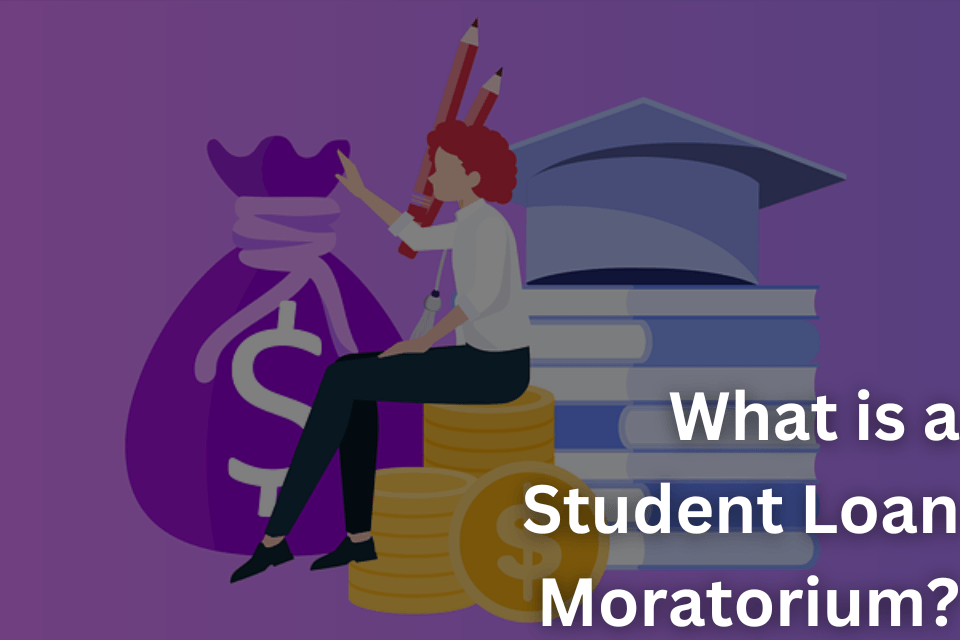Student loans can be a significant financial burden for many individuals, especially in times of economic hardship. To provide relief for those struggling to repay their student loans, the government may offer a student loan moratorium.
A student loan moratorium is a temporary suspension of student loan payments. This means that during the moratorium period, borrowers are not required to make payments on their student loans. It’s also important to note that during the Moratorium period, the interest will continue to accrue on the loan amount.
In this article, we will discuss the different types of student loan moratoriums, the eligibility criteria, and the benefits of a student loan moratorium. We’ll also cover the drawbacks, and the steps borrowers can take to apply for a student loan moratorium.
Understanding the Different Types of Student Loan Moratoriums
There are two main types of student loan moratoriums: mandatory and voluntary.
Mandatory moratoriums are imposed by the government and apply to all borrowers. For example, during the COVID-19 pandemic, the government has imposed a mandatory moratorium on student loan payments until December 31, 2020. During this period, borrowers are not required to make payments on their student loans and the interest is also waived.
Voluntary moratoriums, on the other hand, are offered by the lender and are at the discretion of the borrower. These may be offered during times of financial hardship and are intended to provide temporary relief for borrowers.
Eligibility Criteria for a Student Loan Moratorium
The eligibility criteria for a student loan moratorium will depend on the type of moratorium and the loan program.
For mandatory moratoriums, all borrowers may be eligible. For example, during the COVID-19 pandemic, all borrowers with federally held student loans were eligible for the mandatory moratorium.
For voluntary moratoriums, borrowers may need to meet certain criteria to be eligible. For example, borrowers may need to demonstrate that they have experienced a financial hardship and are unable to make their loan payments.
Benefits of a Student Loan Moratorium
A student loan moratorium can provide much-needed relief for borrowers struggling to repay their student loans. Some of the benefits of a student loan moratorium include:
- Temporary suspension of loan payments: Borrowers are not required to make payments on their student loans during the moratorium period.
- Interest waiver: In case of mandatory moratorium, the interest is waived during the moratorium period.
- Financial relief: A student loan moratorium can provide temporary financial relief for borrowers experiencing financial hardship.
- Time to get finances in order: A student loan moratorium can give borrowers the time they need to get their finances in order and make a plan to repay their student loans.
Drawbacks of a Student Loan Moratorium
While a student loan moratorium can provide much-needed relief for borrowers, there are also drawbacks to consider. These include:
- Interest continues to accrue: During the moratorium period, interest will continue to accrue on the loan amount. This means that the total loan balance will be higher after the moratorium period.
- Temporary relief only: A student loan moratorium is a temporary solution and does not eliminate the debt. Borrowers will still be required to repay their student loans after the moratorium period.
- Credit score impact: A student loan moratorium may have a negative impact on a borrower’s credit score.
Steps to Apply for a Student Loan Moratorium
The steps to apply for a student loan moratorium will depend on the type of moratorium and the loan program.
For mandatory moratoriums, borrowers may not need to take any action as the moratorium will be automatically applied. However, borrowers should check with their loan servicer to confirm that their loans are eligible and to understand the terms of the moratorium.
For voluntary moratoriums, borrowers will need to contact their loan servicer to request the moratorium. Borrowers will need to provide documentation demonstrating that they have experienced a financial hardship and are unable to make their loan payments. The loan servicer will then review the request and determine if the borrower is eligible for the moratorium.
Conclusion:
A student loan moratorium can provide much-needed relief for borrowers struggling to repay their student loans. However, it’s important for borrowers to understand the different types of moratoriums, the eligibility criteria, and the potential drawbacks. Borrowers should also note that a student loan moratorium is a temporary solution and does not eliminate the debt. It’s advisable for borrowers to consider all options and make a plan for repaying their student loans after the moratorium period.
It is always recommended to consult the lender or loan servicer for the most accurate and up-to-date information on student loan moratoriums, as the situation may change.

